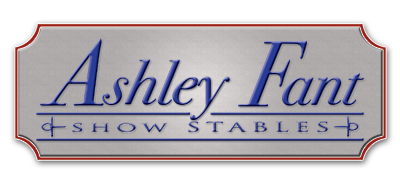28 Jun Training & Training Programs
You made a significant investment when you bought your horse, one that comes with the commitments inherent in owning him. Make sure it is a sound investment as well as one that pays dividends by providing the proper training these powerful animals require to ensure they reach their full potential.
Regardless of the discipline in which you plan to “finish” your horse, basic concepts of handling will begin early in order to prepare your mount for advance training. Just like humans learn to crawl before they walk, you will need to lay the groundwork for your horse to achieve the goals you envision for him. Young horses need to be calm for interactions as simple as grooming, feeding and veterinary care, and every interaction with a human is a learning moment. Eventually, there will develop a mutual respect and cooperation between horse and handler, as well as a trust that is essential for safety and successful training.
In order to be ridden, a horse must be broken. The basics of breaking — or training — begin with ground skills and ground manners. Liberty work accustoms the horse to moving about a confined circle and responding to the handler’s voice and body language. Longeing then follows as the young horse is taught to move about the enclosure at the end of a long line or rope. As he learns to respond calmly and appropriately, new tasks will be asked of him. He will be introduced to equipment in order to become accustomed to the saddle, bit, bridle and reins. Also essential is a process of desensitization to noise and human touch, and it is only after becoming comfortable with equipment and responding to commands appropriately that your “green” horse is ready to learn how to be ridden.
When the green horse — one that is not fully trained — goes under saddle, he will learn – step by step — to accept a rider without fear. From there, horse and handler will build on the ground skills with the horse learning how to respond to new commands, developing good habits and, ultimately, tackling the skills required for the discipline he will follow. It then becomes essential for a handler to develop a training program in order to ask for these new skills by building on what already has been learned and by setting goals for new tasks and having a plan for how to accomplish them.
While hunters and jumpers are expected to possess many of the same basic skills for competition, their respective disciplines each require some unique skill sets which will be approached specifically in training. The jumper, for example, is an athlete whose endurance must be addressed as he is scored against the clock in competition. The hunter, on the other hand, who in competition is judged subjectively, is like a dancer whose style, grace and fluidity must be perfected.
Training techniques and philosophies may vary, but at the root of it all is developing a relationship in which mutual trust and respect are paramount. This comes with proper pairing of trainer and rider, and a good match will yield winning results.
